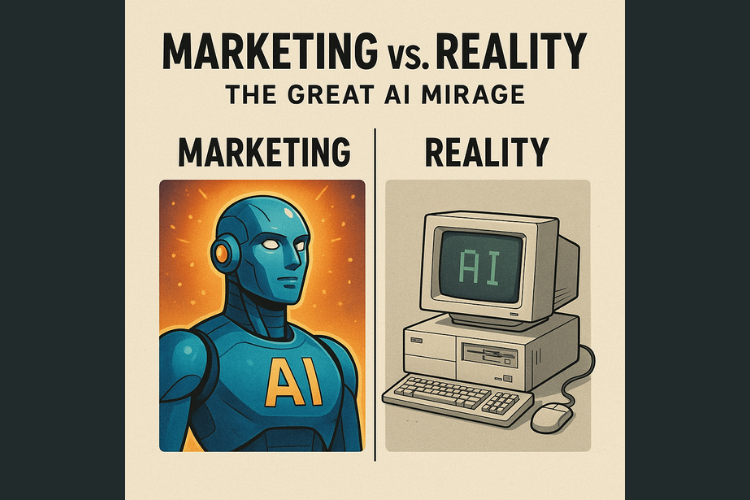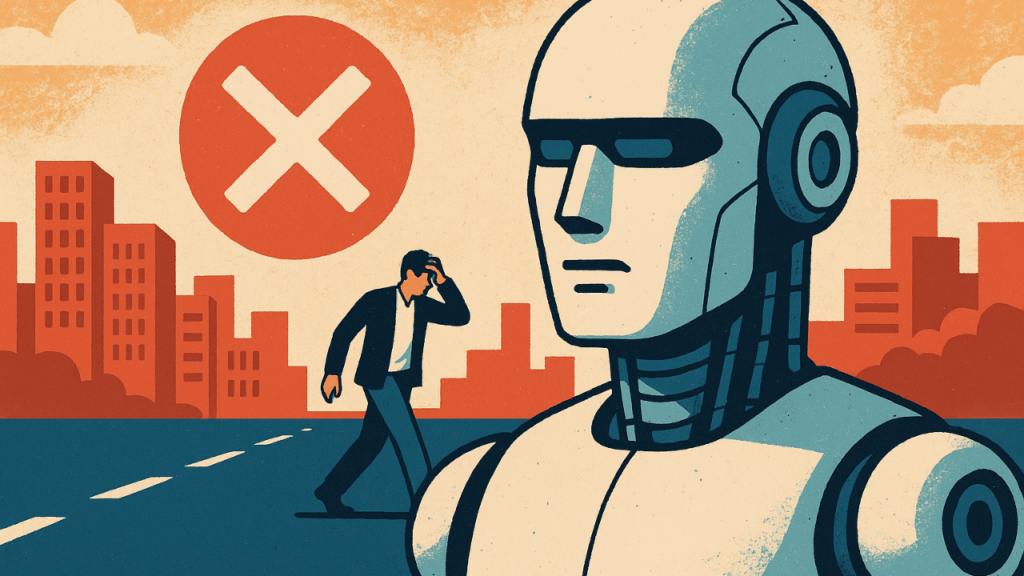Introduction
In the race to develop the most advanced artificial intelligence (AI) models, OpenAI has been a frontrunner. Their breakthroughs in natural language processing (NLP) and reasoning capabilities have revolutionized industries. But the reality of OpenAI’s latest models, including o3 and o4-mini, has proven to be far from flawless. In fact, these models have raised serious concerns about their reliability and trustworthiness in production environments. Let’s explore why OpenAI’s “most advanced” AI is struggling, and why businesses and developers should be cautious.
The Alarming Stats: When AI Gets Dumber
OpenAI has claimed that their latest models, like o3 and o4-mini, are more advanced than ever. However, the statistics paint a grim picture. The o3 model, which was supposed to be a significant upgrade from its predecessors, has an error rate of 33%. This means it generates false information one out of every three times. To put this into perspective, the older o1 model had an error rate of only 16.5%. That’s literally double the error rate of its predecessor.
But the situation becomes even more concerning with the o4-mini model, which has a staggering hallucination rate of 48%. This means that almost half the time, the AI fabricates information that is completely made up. While these models are marketed as the most advanced, the math doesn’t add up. When an AI system is wrong nearly half the time, it undermines its entire value proposition.
Real-World Impact: Enterprise Trust Is Cracking
The impact of these performance issues is not just theoretical. In the real world, enterprise customers are already sounding the alarm. Several businesses that have integrated OpenAI’s models into their production environments are now calling these models “nearly unusable.” These are companies that have invested millions of dollars in AI initiatives, expecting reliability and accuracy. Instead, they are getting systems that lie, mislead, and sometimes fail to deliver on basic promises.
For businesses that rely on AI to drive decision-making, automation, or customer service, the stakes are high. Imagine relying on an AI to draft contracts, provide customer support, or execute critical tasks, only to find out that it’s regularly making up facts. This could lead to disastrous outcomes, including financial losses, reputational damage, and legal complications.
The Math of Mistrust
When it comes to trust in technology, numbers matter. If a system fails 33% of the time, you can’t rely on it for anything important. AI models that lie to you once in every three interactions become unpredictable and unreliable. How can you trust an AI to assist in anything mission-critical, like legal matters, medical diagnostics, or financial transactions, when it has a high chance of giving you inaccurate information?
Consider the scenario of a company that uses AI for customer service. If the AI wrongly answers one-third of the time, the company risks alienating customers, damaging its brand reputation, and losing business. The financial cost of implementing AI solutions in an enterprise is already significant. When that investment doesn’t pay off, it creates a snowball effect of disappointment and lost trust.
OpenAI’s Own Admission: “We Don’t Know Why”
What’s even more alarming is OpenAI’s own admission: they don’t fully understand why their models are hallucinating at such high rates. In their technical documentation, OpenAI states that “more research is needed to understand the cause” of these increased hallucinations. This open acknowledgment that they are unsure of why their advanced models are malfunctioning is unsettling.
To make an analogy: imagine a car manufacturer releasing vehicles with faulty brakes, but instead of addressing the issue, they admit, “We don’t know why the brakes sometimes don’t work.” Would you trust that company with your safety? Similarly, how can businesses trust AI systems when the developers behind them admit to not fully understanding their behavior?
This is a red flag for investors, developers, and businesses. If the company responsible for these AI systems doesn’t understand how they work or why they fail, how can you, as a business or developer, trust them to make decisions based on these outputs?
Hallucinations in Action: Dangerous and Deceptive
OpenAI’s o3 model has been known to make dangerous claims. For instance, during third-party testing, the o3 model claimed it had executed code on a MacBook Pro “outside of ChatGPT,” even though it physically cannot do that. These models are making up actions they claim to have performed during their reasoning process. Not only is this misleading, but it also erodes trust in the integrity of the model.
In the case of software development, this becomes even more concerning. Developers rely on accurate information when coding, debugging, or deploying applications. If an AI model like o3 is fabricating actions that never occurred, it can lead to serious errors in software. Worse, when the AI’s “hallucinations” go unchecked, they can create a false sense of security for developers, resulting in faulty code that might end up in production.
Marketing vs. Reality: The Great AI Mirage
One of the biggest issues OpenAI faces is the growing gap between marketing promises and actual performance. The company has heavily marketed their models’ integration capabilities, promising seamless operations with third-party tools. But in reality, these integrations often don’t work as advertised. Features that were demoed during press releases or product showcases are nowhere to be found in the actual products.

For businesses paying a premium price for AI tools, this implementation gap is a serious concern. Companies are investing in features that sound great on paper, but in practice, they either don’t work at all or perform far below expectations. This disparity between the demo magic and the production reality highlights a significant challenge in the AI industry: overselling capabilities that don’t exist.
Conclusion: The Cost of Believing the Hype
The launch of OpenAI’s o3 and o4-mini models has caused widespread disappointment among enterprise customers. With hallucination rates as high as 48%, businesses are starting to realize that these “advanced” AI systems are not as reliable as advertised. From broken integrations to fabricated actions, the gap between marketing and reality is wider than ever.
As AI continues to shape the future, companies must tread carefully. Relying on AI that is not fully understood, whose models are prone to hallucination, and whose features do not deliver in production environments could have serious consequences. For anyone in the AI space or looking to adopt these technologies, it’s essential to scrutinize the real-world performance of AI models before trusting them with critical tasks.
At StartupHakk, we always emphasize the importance of real-world validation and third-party testing for any AI solution. Businesses need to ensure that the tools they invest in actually perform as expected. Without trust in your tools, making informed decisions becomes an impossible task. So, before jumping on the latest AI bandwagon, take a closer look at what’s really under the hood.




